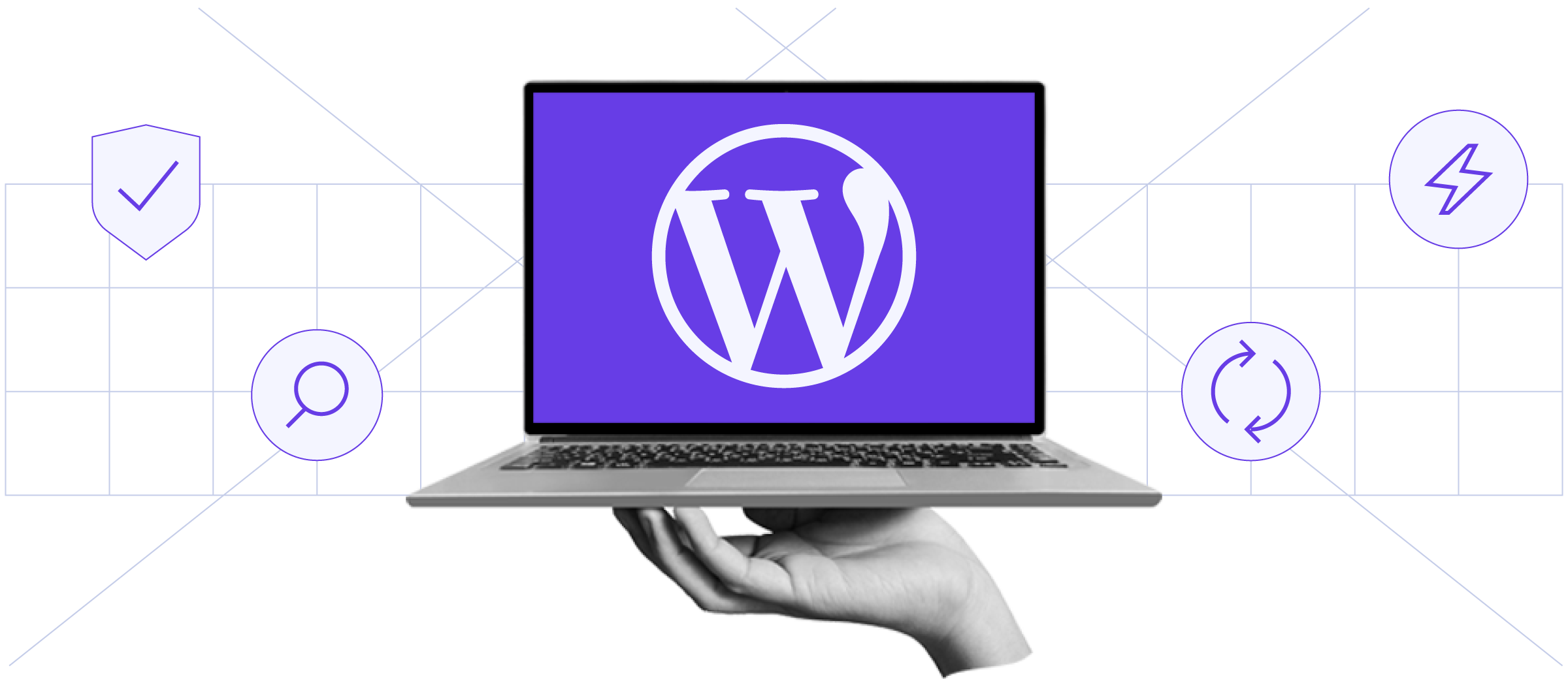All eyes will be on Apple retail outlets tomorrow when the first Wi-Fi iPad models go on sale at Apple stores and most Best Buys.
Despite intense interest in the product, NPD Group analyst Steve Baker says a lot of people aren’t exactly sure what the usage model is going to be and they’ll wait to hear what the first group of owners say about it before they plunk down $500 or more for a device.
Given the very newness of the device, analysts expect this weekend’s shoppers to be comprised mostly of early adopters and Apple devotees – and, of course, those with income to spend.
And, Baker says, it’s immaterial whether Apple sells out of the devices on the first weekend – that depends how many units Apple ordered and it’s not as if there are stacks of them stored all over the place. “It’s easy for Apple to drive a lot of sales through the first weekend but that doesn’t mean anything in the long term” as far as how important the product ends up being, he says.
An NPD survey shows consumers’ interest in the various models is tied mostly to how much they’re willing to pay. Among those surveyed, the most popular version was the $500 one, then the Wi-Fi + 3G 16 GB device, which will be $629 when it hits stores later this month.
Earlier this week, Piper Jaffray analyst Gene Munster pegged Apple’s iPad unit sales at between 200,000 and 300,000. iSuppli, in what it dubs a conservative forecast, projects worldwide iPad sales to hit 7.1 million units in 2010, saying its attractive design, compelling apps and multi-touch capability will help offset the initial omission of Adobe Flash.
Initially, the big challenge for Apple is defining an entirely new device category, says Scott Steinberg, head of high-tech consulting and research firm TechSavvy Global. The iPad is in that “no man’s land” between smartphones and notebook PCs. It’s priced higher than most netbooks but it doesn’t have as many productivity capabilities as a traditional laptop. “I wouldn’t go throwing out my laptop just yet,” he says.
Of course, plenty of application developers and publishers are porting over their content immediately, but until it reaches critical mass and the economics work themselves out, most publishers aren’t going to devote a ton of staff and resources to create content specifically for it, he says.
The device appears to be aimed at entertainment, even though Apple has shown off some workplace apps and consumers will get access to thousands of apps in the App Store for the iPhone. But without a built-in physical keyboard, it’s not as if someone is going to type up a training manual or flip multi-task style between work-intensive apps, Steinberg says.
“Entertainment is paramount,” he says. Most people probably will use the Wi-Fi connection as opposed to needing mobility with 3G. “I don’t think they’re expecting legions of teens downloading ‘Iron Man’ on their way to school.”
Will people really get in line to shell out $500 in the midst of today’s economy? Yes, Steinberg says, even though there’s no single must-have feature. But what people have seen so far is only a hint of what’s to come, he adds. It’s inevitable that Apple will add features like a camera and USB ports. “What you’re going to get is an entertainment tablet and proof-of-concept on Saturday,” he says. “That’s not a bad thing.”
Sourced from: ced magazine







